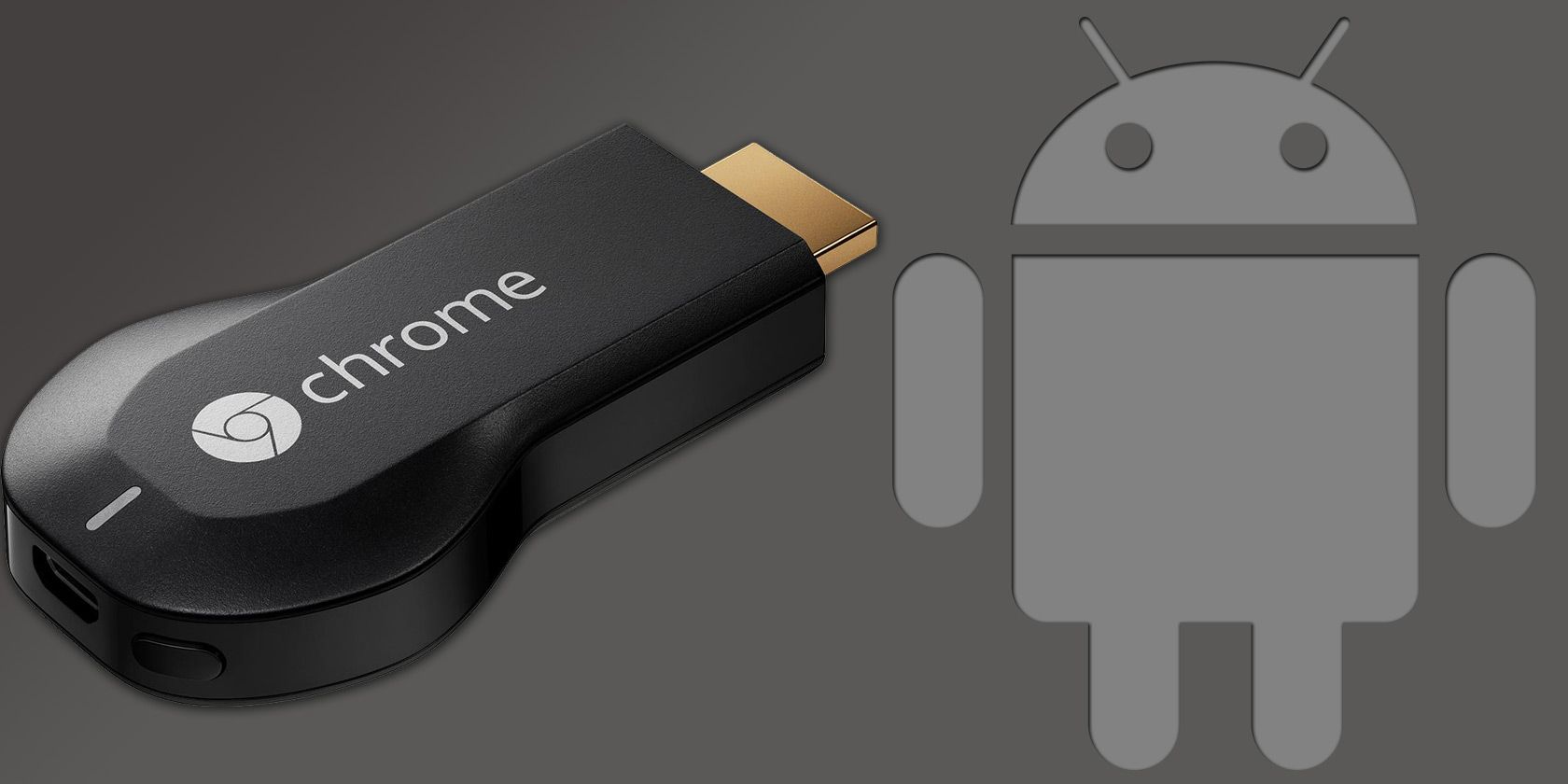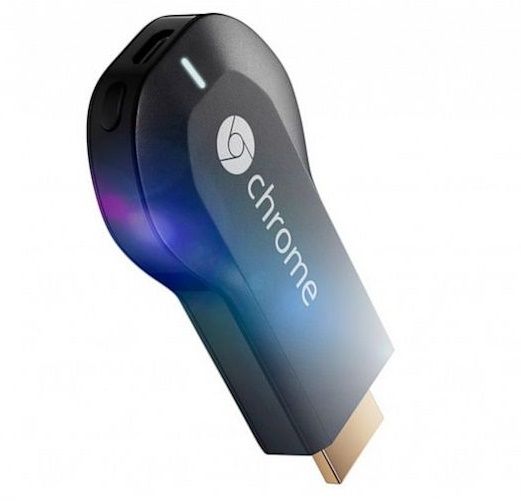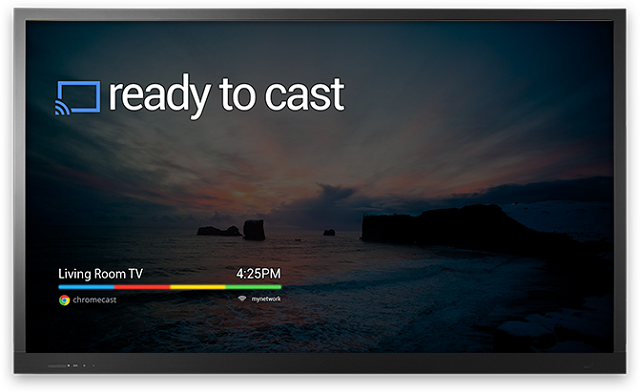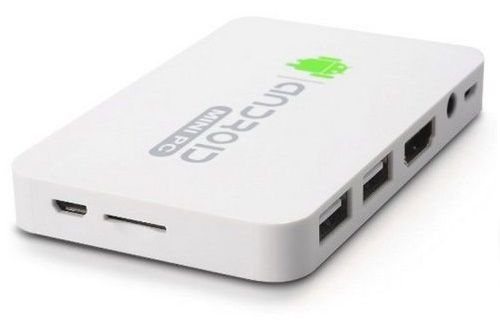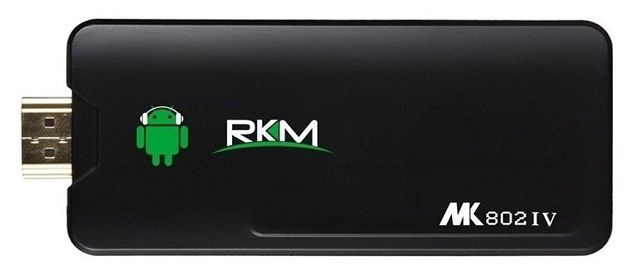What exactly is the difference between a Google Chromecast and a generic Android Mini PC stick? Although visually similar, Chromecast and Android sticks work quite differently.
The Chromecast is simply an enabler. It enables you to mirror your Chrome tab from your computer to your TV, or broadcast certain apps from your Android or iOS device to your TV. It's supplementary to the devices you already own.
On the other hand, Android sticks are essentially Android phones without a screen or the cellular component. They run the full Android operating system, generally version 4.2, and can plug into any TV and accept input from devices like USB and Bluetooth mice and keyboards. These devices stand alone and don't need the help of another computer or mobile device.
So which is right for you? Let's take a look at some of their features to dissect exactly what they are, and then we'll see what kind of user would benefit the most from each.
Google Chromecast
Announced back in July, the Chromecast is a relatively cheap $35 device meant for streaming content from laptops, smartphones and tablets to a TV. It can be seen as a competitor to Apple TV or Roku set-top boxes (check out our review of the excellent Roku 3), but it is really in a league of its own.
There are many creative uses for the Chromecast, but its main benefit is allowing you to stream content to your TV. On Android or iOS devices, Chromecast officially supports streaming from Netflix, Hulu Plus, YouTube, HBO Go, Pandora, Google Play Movies and Music, and Google says that they're constantly working on adding more compatible apps.
The Chrome browser on any laptop or desktop supports mirroring of the browser window to the Chromecast, and it has an experimental (and buggy) feature that allows you to mirror the entire screen.
The Chromecast itself is a discreet little black device that resembles a chubby USB stick. It plugs into the TV via the HDMI port but has to be powered either by a USB port on the TV or a nearby power outlet.
It connects to your devices as long as you're both on the same WiFi network. One caveat, though: if your WiFi requires an in-browser login rather than regular WPA2 or WEP verification, like some hotels or universities, the Chromecast won't be able to connect since it doesn't have a built-in browser.
Regardless, at $35, the Chromecast offers a cheap way to wirelessly stream your content from your phone, tablet, or computer to your TV. We've reviewed the device in full and quite liked it.
Android TV Sticks
These mysterious, relatively new devices, have had a lot of people wondering what they are and how they work. Basically, they're just all the internals of an Android device. They generally have a male HDMI port to plug into an HDTV as well as a port for power and a USB port for peripheral input devices. Some even have Bluetooth for connecting additional peripherals.
Since Android apps often take advantage of accelerometers for tilting motions or swiping motions meant for touchscreens, navigating Android can be a bit tricky with a mouse and keyboard, but it is possible. The advantage here is that you get a full Android experience on your TV. Download any apps from the Google Play Store like Chrome, Netflix, Hulu Plus, or even games like Final Fantasy IV or FIFA 14. You can even connect different gaming controllers for a better gaming experience. Send email, browse the web, and use the Android mini PC just like a standalone Android device.
The downside here is that there aren't any major brands taking a stab at the Android stick market. You won't be buying a Samsung or LG Android TV stick anytime soon. Rather, your options come from no-name brands like Rikomagic, iPazzPort, or FAVI. A lot of people are more comfortable buying a product from Google than a no-name brand.
Fortunately, these devices are generally powerful enough to handle most Android apps and to even play games pretty well. Many of them support 1080p output and have dual-core or quad-core processors with GPUs fast enough to handle 3D gaming.
Does this sound good to you? We've reviewed a couple of the most popular Android TV sticks and even detailed how to use one to create a Roku-like streaming device.
Which Should You Buy?
The Chromecast and Android TV sticks, from the outside, appear quite similar, but they actually serve very different markets.
The Chromecast is for the average non-techy consumer. Plug it in, then stream via a simple button in the Chrome browser or supported apps. You're done. It's simple and pretty easy to use, if rather limited by the number of supported apps. It also requires you to have a phone, tablet, or laptop nearby at all times to be able to use it.
Android TV sticks are much more of a niche market for techy folks. They're gradually becoming more and more mainstream, but they're still mostly made from no-name brands and require a bit of set-up and technological knowledge for connecting peripherals and such. Still, they're relatively cheap and an easy way to transform an old TV into a smart TV without needing to have a separate phone, tablet, or laptop nearby at all times.
Which do you prefer, the Chromecast or one of the many Android TV sticks? Let us know in the comments.

